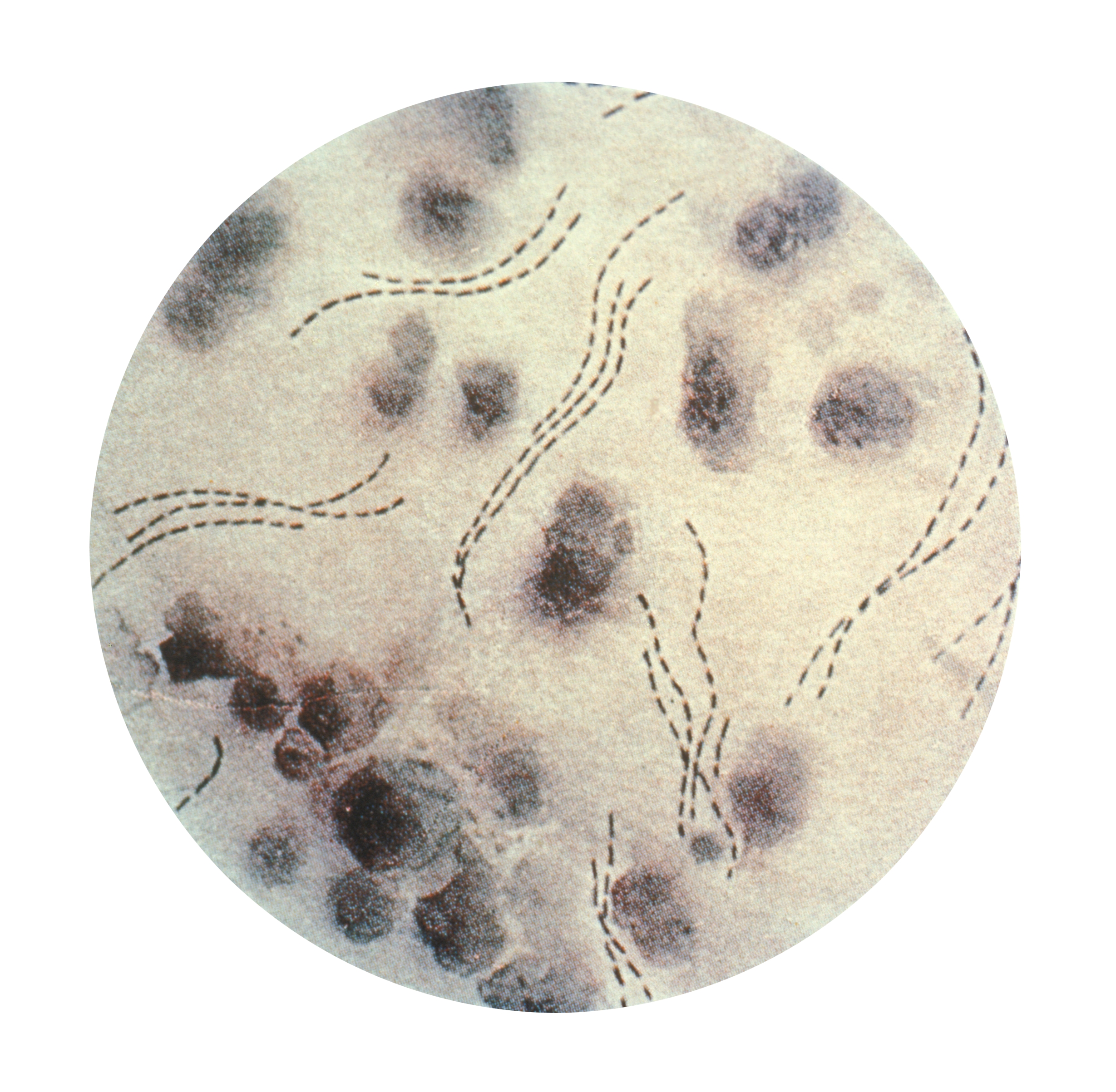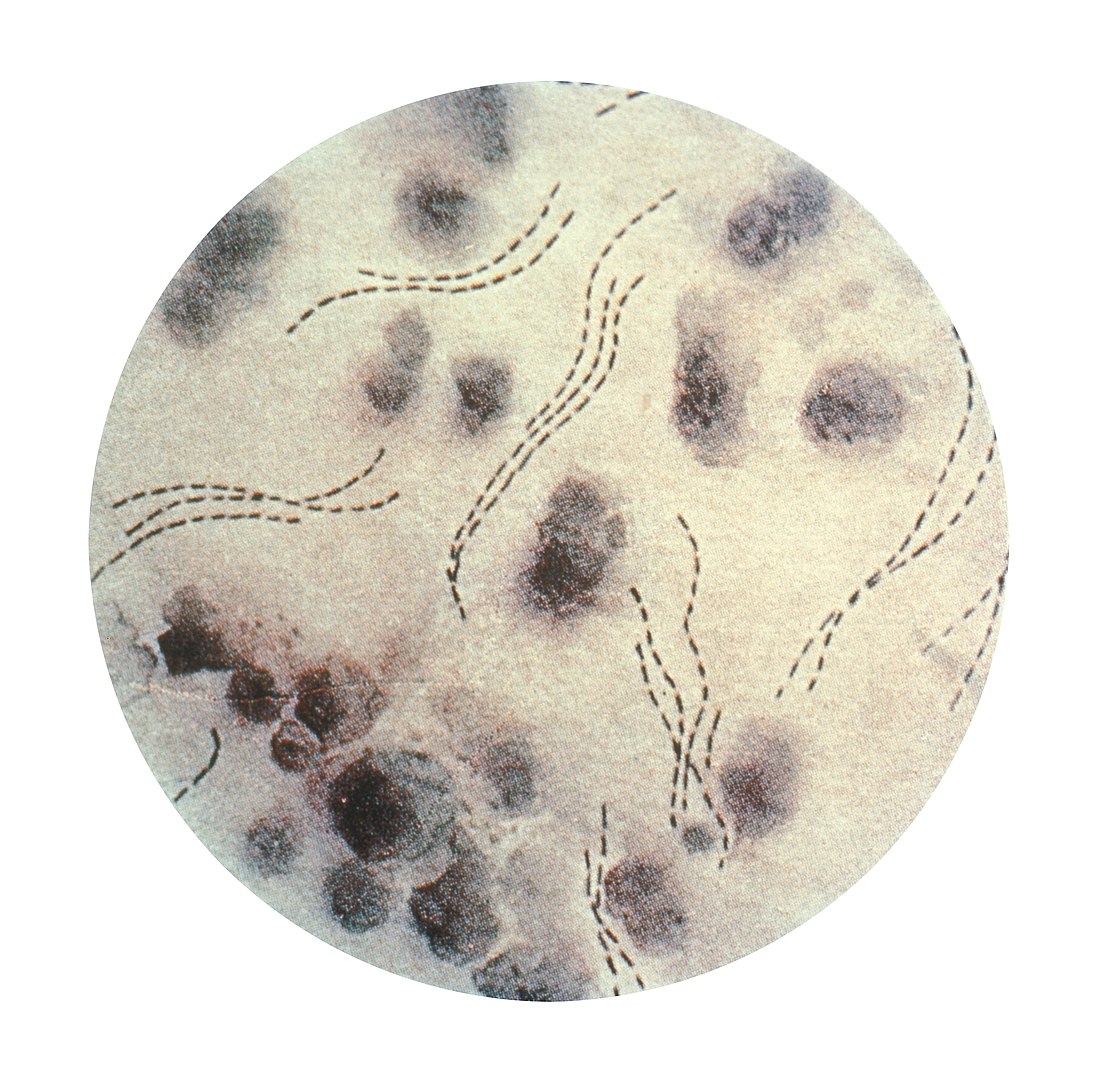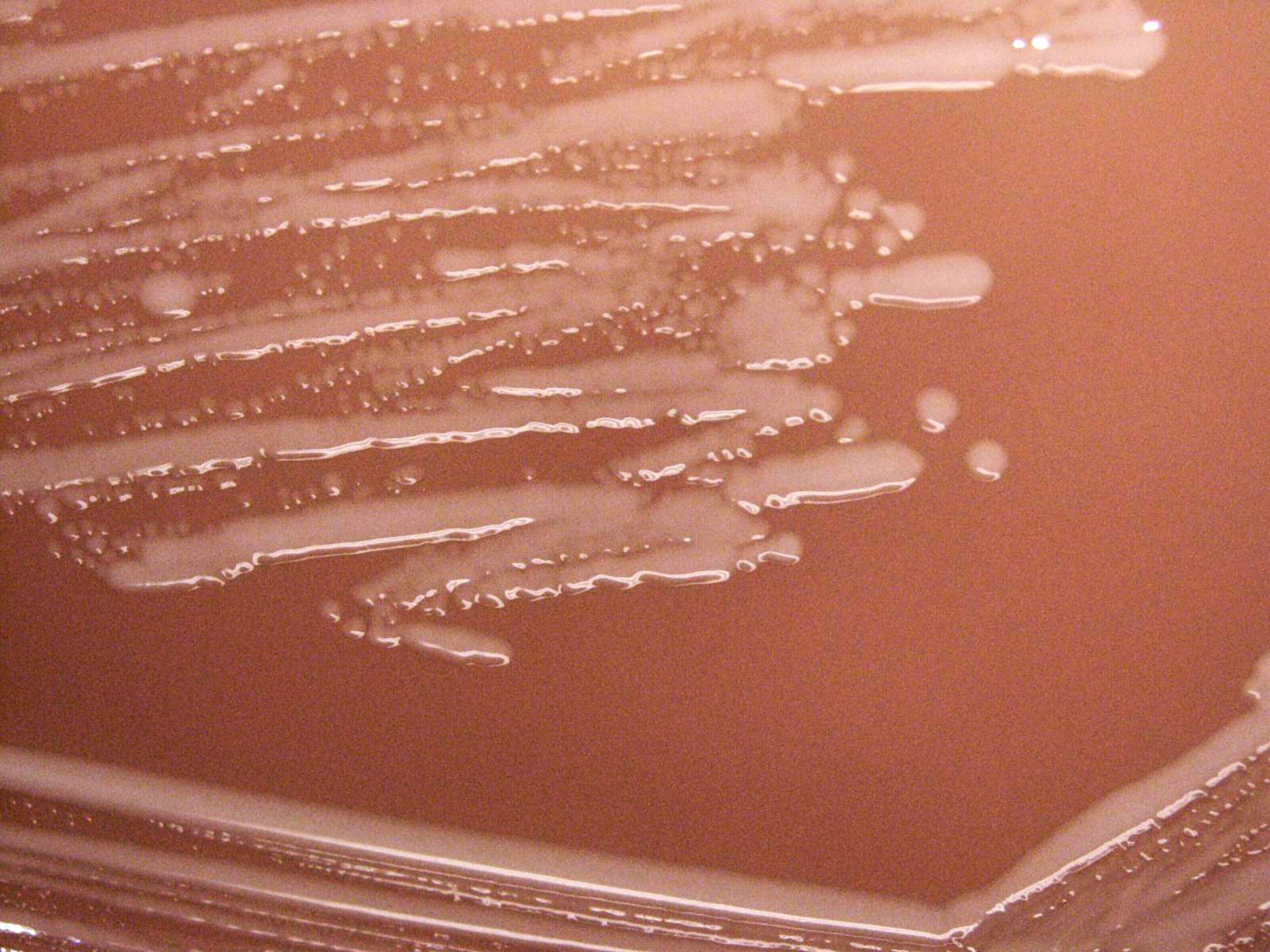Playlist
Show Playlist
Hide Playlist
Chancroid: Definition and Pathology
-
Slides Chancroid InfectiousDiseases.pdf
-
Reference List Infectious Diseases.pdf
-
Download Lecture Overview
00:01 We now turn our attention to another sexually transmitted infection known as chancroid, and I want you to think about that word for a second. 00:11 Chancroid means “like chancre”. 00:20 Chancroid is a sexually transmitted infection, which is characterized by an ulcer, kind of like syphilis, but inguinal lymphadenitis, and this infection is caused by a microorganism known as Haemophilus ducreyi. 00:43 It’s a pretty rare infection, at least rarely recognized in the United States. 00:48 It’s got a prevalence of about 8 cases in the US in 2011, so you can see it’s not really common. 01:00 The transmission is primarily heterosexual – affects males more than females. 01:06 And one risk factor that seems to be important is contact with commercial sex workers and there is a strong association with drug use. 01:17 A little bit about the organism, Haemophilus ducreyi, it seems to be a strictly human pathogen and it’s highly fastidious, which means it’s difficult to grow, it has special growth requirements. 01:35 It requires exogenous heme to survive. 01:40 And so, we’re going to be using chocolate agar much like we used it for Neisseria gonorrhoeae. 01:48 We’re not going to be using Thayer-Martin media, however. 01:54 On gram stain, it has a distinctive appearance. 01:59 What we have are rather pleomorphic bacilli that tend to clump-in together, as in a school of fish. 02:11 I think you can see this representation reminds you of a school of fish. 02:23 It is transmitted from person-to-person by intimate contact – genital-genital, oral-genital. 02:32 It directly penetrates the mucous membranes via some kind of abrasion or fissure in the skin. 02:42 From there, it will progress from a tiny papule to a pustule, to an ulcer. 02:53 It seems to associate itself with neutrophils and macrophages, but it’s not easily phagocytosed by them. 03:03 The ulcers pathologically contain predominantly T-cells with low numbers of B-cells. 03:10 It turns out in chancroid that repeated infections are possible. 03:15 There’s no life-long immunity, and that indicates that natural infection does not lead to protective immunity, and that may reflect the low numbers of B-cells that we find in lesions.
About the Lecture
The lecture Chancroid: Definition and Pathology by John Fisher, MD is from the course Genital and Sexually Transmitted Infections.
Included Quiz Questions
Which of the following organisms characteristically causes several tender ulcers on the shaft of the penis that are non-vesicular, have a purulent base, average about 3–4 mm in diameter, and are associated with tender bilateral lymphadenopathy?
- Haemophilus ducreyi
- Klebsiella granulomatis
- Chlamydia trachomatis
- Herpes simplex virus II
- Treponema pallidum
Gram stain of a smear obtained from a genital ulcer reveals the characteristic finding of "school of fish". Which of the following organisms is the most likely cause?
- Haemophilus ducreyi
- Klebsiella granulomatis
- Chlamydia trachomatis
- Herpes simplex virus II
- Treponema pallidum
Which of the following statements regarding Haemophilus ducreyi and chancroid is MOST ACCURATE?
- Organisms mainly gain access to tissues via microabrasions in the skin during sexual intercourse.
- Haemophilus ducreyi is weakly infectious.
- Chancroid is more commonly reported in women.
- Chancroid is most common among men who have sex with men.
- Chancroid is common in the United States.
Customer reviews
5,0 of 5 stars
| 5 Stars |
|
5 |
| 4 Stars |
|
0 |
| 3 Stars |
|
0 |
| 2 Stars |
|
0 |
| 1 Star |
|
0 |






